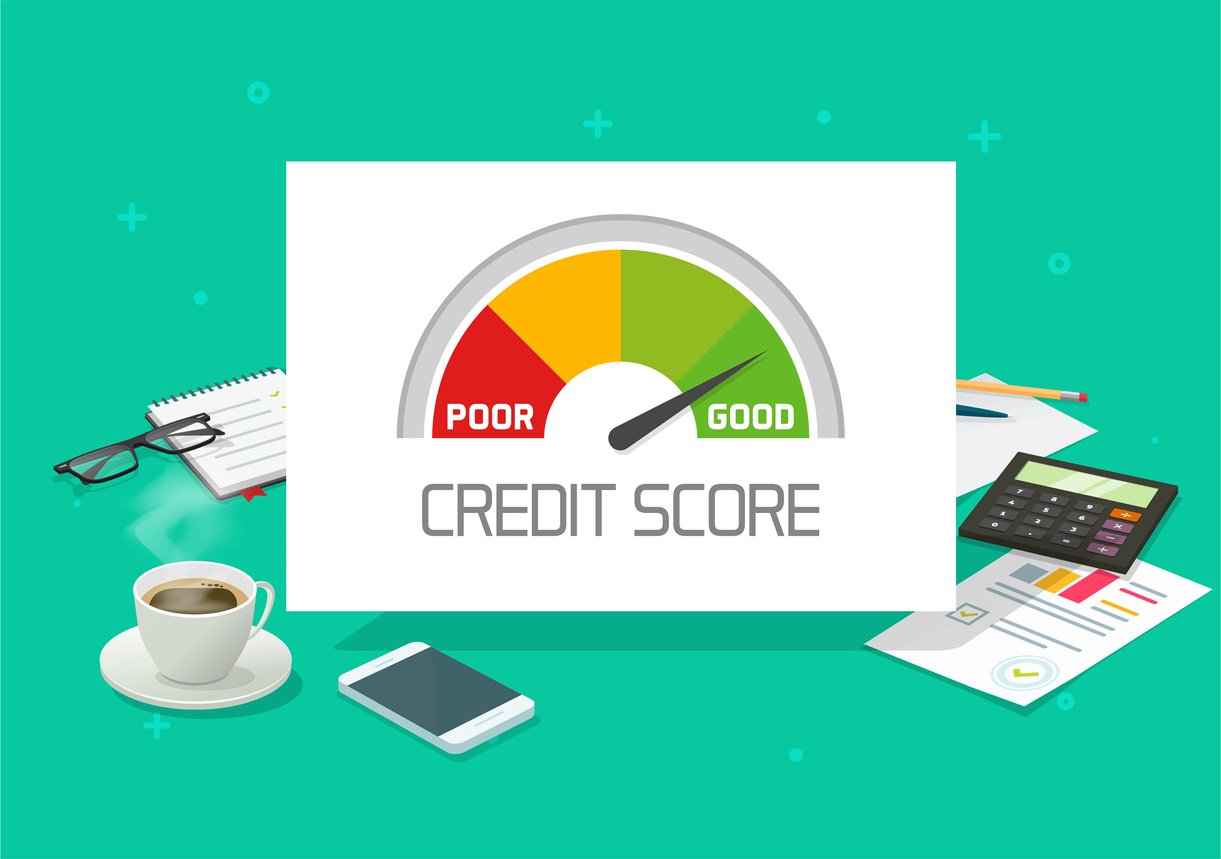Over time, the value of your home has grown and your mortgage balance has been reduced (or even eliminated). The equity (the property’s value minus any liens against it) you now have in your home is a reservoir of funding potential. You may decide to tap into it for various purposes, such as remodeling your home, paying off high-interest loans or credit card debt, buying a car, or sending your child to college.
The pros and cons
Home equity financing (which may be set up as either a loan or a line of credit) is secured by the equity you’ve built up in your home. This type of financing has several advantages compared to other forms of personal loans:
- Higher borrowing limits
- Favorable interest rates
- Tax-deductible interest–if you itemize your deductions on your federal income tax return, you may be able to deduct the interest on up to $100,000 ($50,000 if married filing separately) of home equity debt.
There can be drawbacks, however:
- You may have to pay closing costs and other fees
- If you sell your home, you’ll have to repay the outstanding balance
- Since your home is collateral securing the debt, you run the risk of foreclosure if you can’t make your payments
Home equity loans
Often referred to as a second mortgage, a home equity loan generally allows you to borrow a fixed amount of money (typically up to 80 percent of your equity) at a fixed rate of interest. The total amount you borrow is advanced to you when you sign for the loan. You’ll repay the loan with equal monthly payments over a fixed term.
Home equity lines of credit
When you arrange a home equity line of credit, your lender establishes a revolving credit limit determined in part by the amount of your equity. You then borrow only what you need (up to the maximum allowed) only when you need it (subject to any time limit on the borrowing period). You can access the funds either by writing a check or using a credit card associated with the account.
The interest rate for a home equity line of credit is generally a variable rate tied to an index. Your monthly payments may vary, depending on your outstanding balance and the prevailing interest rate. You may have the option of making interest-only payments over the course of the repayment period (e.g., 10 years), or minimum payments that cover a portion of the principal plus accrued interest, coupled with a balloon payment of principal at the end of the loan’s term.
Choosing between the two
When deciding whether to apply for a home equity loan or a line of credit, it’s important to consider how much you’ll need and how soon you’ll need it.
If you want a fixed amount of money for a specific purpose (e.g., remodeling the kitchen), you may wish to take out a home equity loan that advances you the total amount up front. If instead you’ll need an indeterminate amount over a few years (e.g., funds for ongoing college expenses), you may benefit most from a home equity line of credit that you can draw on when needed.
Peninsula’s Home Equity Options
Peninsula Credit Union offers home equity programs that can help you tap into the value of your home. Our home equity loan allows you to borrow a fixed amount of money at a fixed rate of interest, while our home equity line of credit gives you access to a revolving credit limit determined by the amount of equity you have in your home. With both options, you can use the funds for a variety of purposes, such as home improvements, debt consolidation, or education expenses. Plus, with competitive interest rates and flexible repayment terms, our home equity programs can help you achieve your financial goals. Contact us to learn more about how we can help you unlock the potential of your home equity.

Mortgage Loan Officer
NMLS #1227394
(360) 426-1601 ext.3162
[email protected]
This post was published in partnership with a third party marketing provider. Original source: Broadridge Advisor Solutions.



